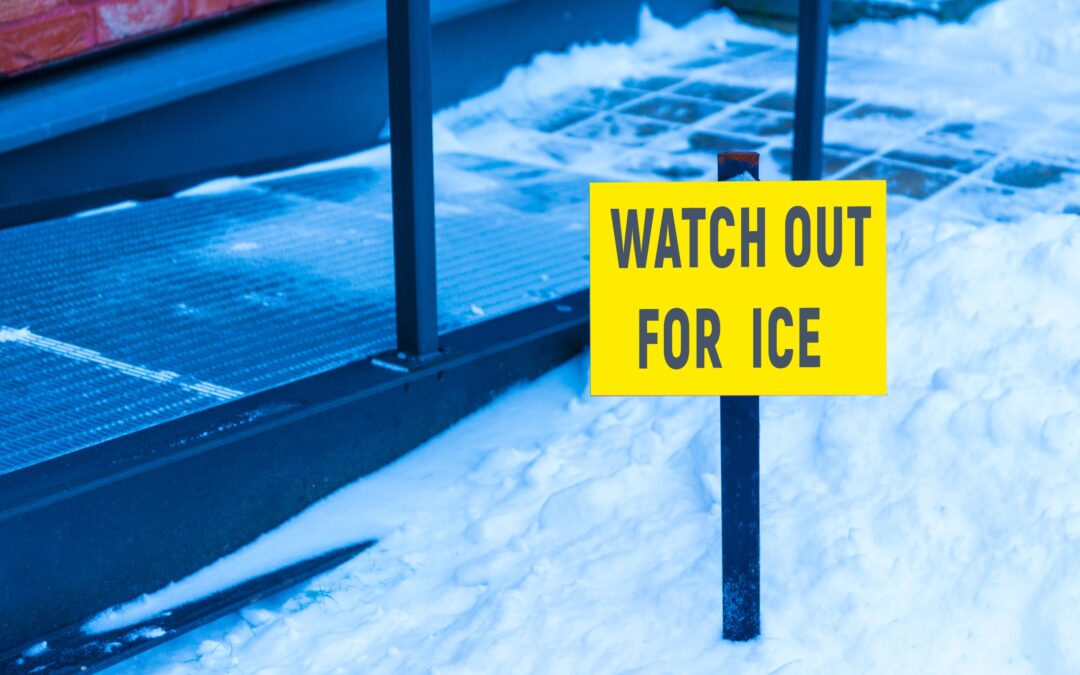Winter weather can present several challenges. When temperatures drop below freezing, ice can form on sidewalks and roads. It’s crucial to exercise caution when walking and driving on icy surfaces. Taking the necessary precautions is vital to ensure your safety and the safety of others.
Discussion Points:
- Prioritize safety when walking on slippery sidewalks and driving on icy roads.
- Be cautious of black ice.
- Tips for walking and driving safely on snow and ice.
Winter weather can greatly impact daily life, making it important to be prepared and aware of navigating icy sidewalks and roads safely. Black ice is especially hazardous because it is often difficult to see. Watch for glossy, wet patches on the walkway or road to avoid black ice, especially in shaded areas or places with little traffic.
Walking on ice requires special attention to avoid slipping and falling. Here are some helpful tips for walking safely on snow and ice:
- Avoid rushing; leave earlier to give yourself more time to reach your destination.
- Choose shoes or boots with good traction, such as ice cleats, spikes, or non-slip soles.
- Walk on walkways that have been cleared or salted and avoid untreated ice whenever possible.
- Take short steps or shuffle your feet to help maintain balance. Walk flat-footed and point your feet out slightly like a penguin.
- Lean slightly forward, positioning your center of gravity over your feet to improve balance.
- Keep your eyes on the path ahead to anticipate any changes in the surface.
- Avoid outstretching your arms to break your fall if you lose your balance. Instead, bend your body forward to protect your head and back from hitting the ground.
- Walk next to handrails whenever available and use them for support.
- Do not carry items in your hands while walking on ice.
- Avoid walking with your hands in your pockets, as this can reduce your ability to balance.
- When navigating icy stairs or steps, walk sideways up and down the stairs one step at a time.
Adjusting your driving habits to accommodate reduced traction on icy roads is essential for safety. Here are some helpful tips for driving on snow and ice:
- Check the weather forecast for advisories and warnings from local authorities. Assess the conditions before you travel and allow extra time to reach your destination.
- Reduce your speed to account for longer stopping distances.
- Increase the distance between your vehicle and the one in front of you.
- Avoid sudden movements; steer smoothly to maintain control.
- If you start to slide on the ice, remain calm and avoid overcorrecting the steering wheel. Steer in the direction of the slide and avoid slamming on the brakes, as this can cause you to lose control.
Following helpful tips for walking and driving safely on snow and ice while staying aware of your surroundings can help ensure your safety while navigating dangerous icy conditions.
The National Weather Service offers valuable information on awareness and preparedness for every state on its website at https//www.weather.gov.
Always prioritize safety when walking and driving on snow and ice.
As always, stay safe out there!


Recent Comments